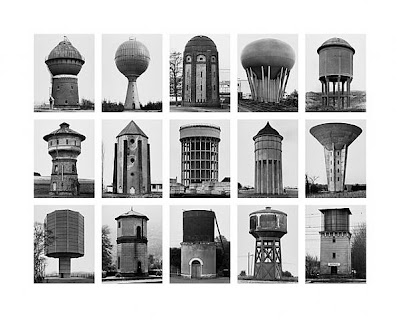 Today is my 44th birthday, and my first thought this morning (after my kids had jumped on me in the bed) was a realization that I'm double my age when I graduated from college. For some reason that's a depressing thought. Twenty-two was certainly a good year, particularly the months spent at Oxford studying Tudor/Stuart history and literature. (I can't imagine a more idyllic setting to spend a lifetime.)
Today is my 44th birthday, and my first thought this morning (after my kids had jumped on me in the bed) was a realization that I'm double my age when I graduated from college. For some reason that's a depressing thought. Twenty-two was certainly a good year, particularly the months spent at Oxford studying Tudor/Stuart history and literature. (I can't imagine a more idyllic setting to spend a lifetime.)And I guess the natural thing to do on one's birthday - especially after 30 or 40, depending on one's thoughts about age and self-imposed milestones - is to grouse about "getting older" and "time passing so quickly," etc. I know my mother, who recently turned 73, and my grandmother, who celebrated her 94th, were lamenting the passage of time and its seemingly accelerating pace. But as my grandfather often said, "It beats the alternative."
There's a great photo in our family archives from this day in 1964 (and I'm sorry that I don't have a scanned copy of it to post). My mother is standing in a near furniture-less den, moments before going to the hospital to give birth. She has this slightly worried look on her face, and I'm sure she's thinking, "Take the damn picture, Ed." (To this day my father takes photos at a glacial pace, even with the various automatic settings on digital cameras. Having spent most of his life taking pictures with film cameras, he naturally wants to make sure that everything is going to work correctly, even if the work is largely done for him by the microchip that drives the camera.) In the 1960s husbands generally didn't accompany their wives into the delivery room as I did, sporting a surgical gown, rubber gloves, and scissors to cut the umbilical cords of my two sons. Like an old sitcom dad, my father sat in the waiting room. According to my mother, however, he didn't pace the floor or fidget or page through magazines in a nervous state. When the hospital staff came to deliver the good news, he was asleep. Too funny. I realize now, in the telling of this story, that this is just another example of my father remaining cool under pressure. (Perhaps a bit too cool under these circumstances. I could not have slept during the delivery of my kids.)
The great thing about the setting of the photograph is that my parents still live in that house, 44 years later. It gives one a solid sense of place and family within the context of a life that is beset by constant change. (My grandmother has lived in the same house since 1951, just minutes from my parents. The close proximity of my grandparents certainly made my childhood more fun.)
Reading an article in The Wilson Quarterly last week, I learned that this kind of rootedness is atypical of American society in the 20th century, particularly since 1946. Europe, not having experienced the housing boom witnessed by the U.S. after World War II, is still a society in which people tend to stay put, maintaining connections to extended family and community on a more frequent basis. Conversely, according to the article the average American moves approximately 11 times during one's adult life. It seems we're driven - literally, given our obsession with cars - to move to bigger and better homes, thinking that fulfillment of the American dream is always just one house away. (This near universal belief that all are somehow entitled to own a McMansion fueled the recent housing boom and the underlying sub-prime mortgage crisis. That crisis may yet signal the death knell of the American dream for many citizens.)
Ok, so this doesn't really have anything to do with my birthday. But it gives you an idea of how my brain is always running down these side streets to check out something new or different. And I guess that habit does say something about where I am at 44: still curious, ready to learn new things, analyze the world around me, and offer my two cents, whether it's wanted or not.






































